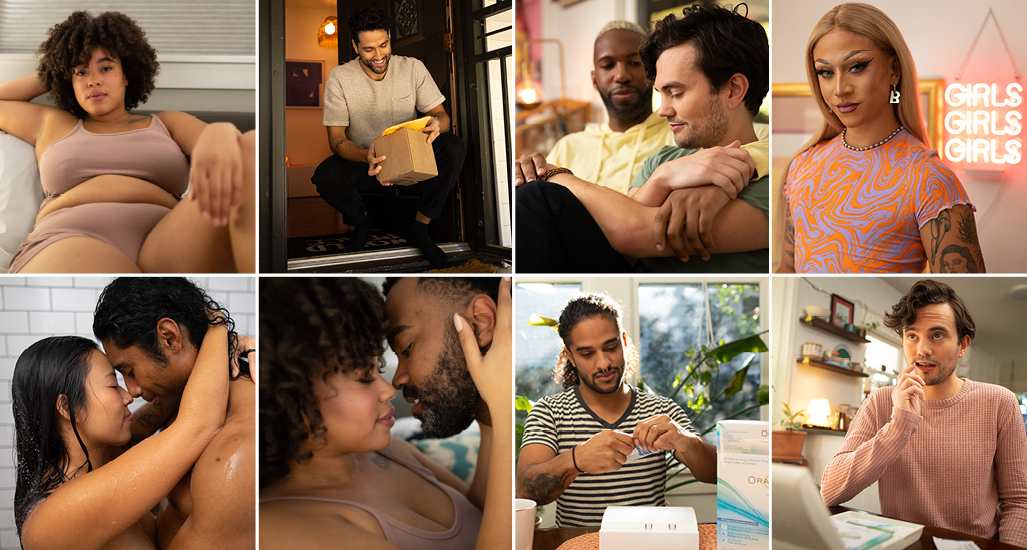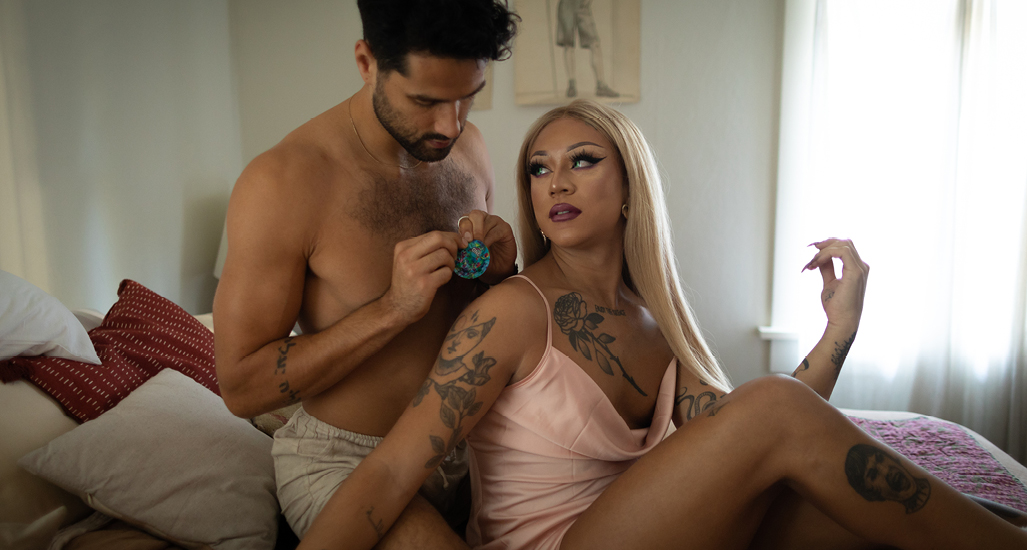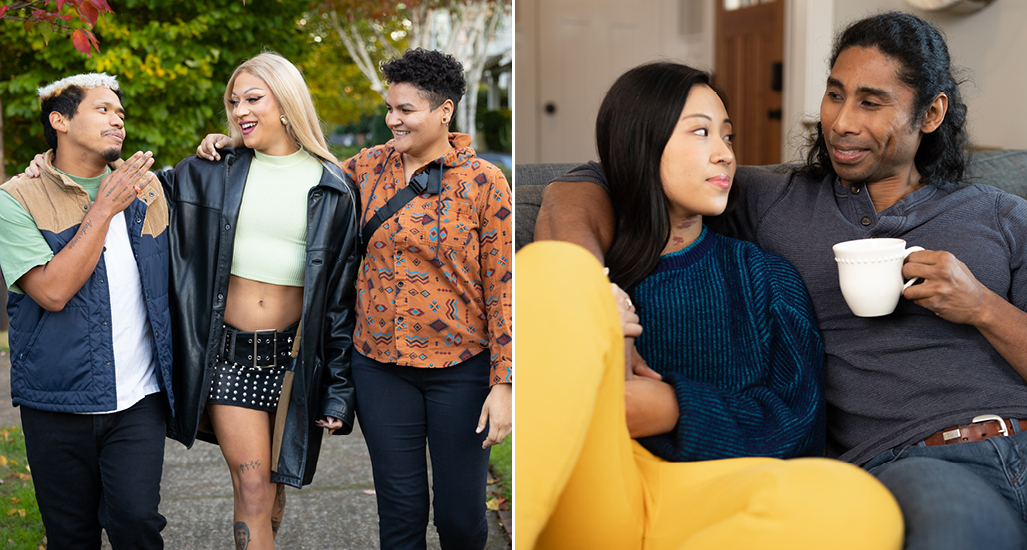End HIV Oregon is a partner-led, statewide initiative to end new HIV infections in our state.
How original photography transformed our HIV prevention work
CK first launched the End HIV Oregon brand in 2016. With a small budget, we relied heavily on stock photography and custom illustrations to communicate our messages about HIV testing, prevention and treatment.
But as the brand has grown over the years, it became a challenge to find fresh imagery that aligned with the brand and our audience, specifically photos that showed a diversity in models, couples and settings. Stock photography just didn’t cut it anymore, and illustrations can only capture so much when we want people to see themselves in the pictures we use on the website, social media or in ads.
In addition to the typical limitations of using stock photography (different photographers, variations in lighting and saturation, and lack of brand cohesion), the biggest deterrent for the End HIV Oregon initiative was the required disclaimer for use when discussing sensitive topics like HIV and other STI. Stock photo licensing and usage guidelines state that you should indicate that a photo is posed by a model.

All of these photos are nice on their own, but when looked at together, as a set they start to make less sense. The color profiles are different, some are warm and some are cold. A few have grain. The shadows and lighting vary.
Adding a disclaimer to every photo we used made the brand feel inauthentic. Knowing that the people in the photos we used were models, rather than real people living in Oregon, made it difficult for people to connect with our brand messages, and did a disservice to our work to address HIV testing, prevention and treatment.

Example Sensitive Use Disclaimer requirement language.
To sidestep the issues and limitations of stock, we shifted to using more illustrations than photos. And while we’re proud of the vibrant and light-hearted illustrations we produced for the brand, they never really captured the audience or carried the message as well as photos and real people can.

Authenticity is key
For years, we felt our work could be improved by custom photography. Having our audience see that other people, real people just like them, are taking charge of their HIV status is important. It also guides the End HIV Oregon brand in its mission to break the stigma regarding HIV and sexual health in a way that an illustration cannot.

This set of photos is cohesive. Each image looks like a piece that fits into one complete storyline.
When we use realistic, captivating and consistent photography, it builds brand trust. When the audience can connect with visuals, people feel empowered. And that will spark the desire to take action – to talk, to get tested, and to take steps to protect themselves from HIV.



Cohesive imagery does a lot of work
Dynamic, original photography can change people’s perceptions, break down stereotypes and create an emotional response in an audience. It can tap into a new reality and change a tough topic, like HIV and sexual health, into a manageable one. Most importantly, it can make people take action.
Learn more about HIV in Oregon by visiting the new website because we all have a role to playin preventing new transmissions of the virus.
